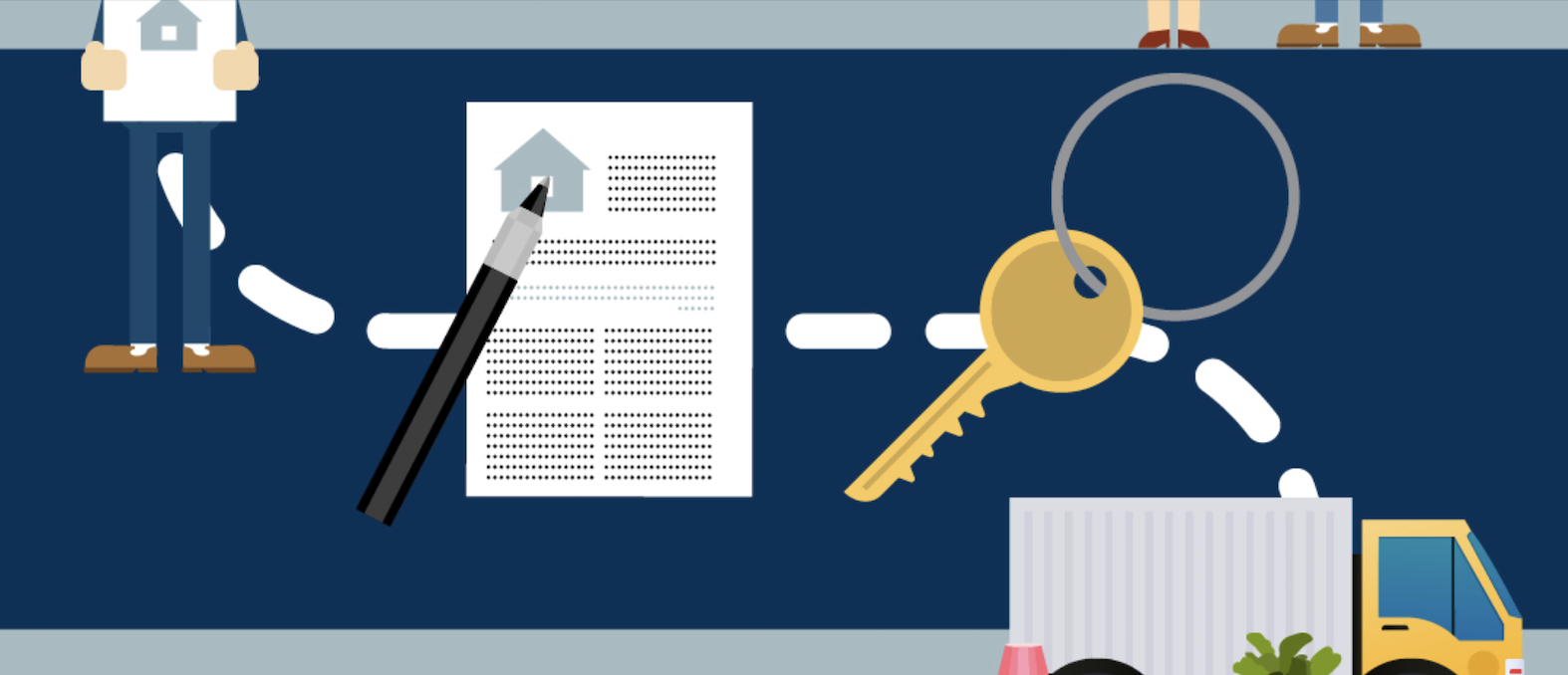
The process can be lengthy and intensive, but it doesn’t have to be daunting. By breaking up the process into 12 small steps, you could become a homeowner this year.
Check your credit score
Request a copy of your credit report from TransUnion, Equifax and Experian. Comb through each report and work to resolve any errors long before it’s time to make an offer. Getting a mortgage despite bad credit is possible, but the credit score improvement process can be time- consuming and complicated. It’s best to get started as soon as possible.
Determine how much you can afford
Review all assets and debts you may have (or you and your significant other may have if purchasing together). Create a budget accounting for food, transportation, insurance, utilities and down payment and closing costs. Have a candid conversation with your mortgage broker about your finances and budget to finalize an ideal mortgage amount that you can comfortably afford.
Check your credit score
Request a copy of your credit report from TransUnion, Equifax and Experian. Comb through each report and work to resolve any errors long before it’s time to make an offer. Getting a mortgage despite bad credit is possible, but the credit score improvement process can be time- consuming and complicated. It’s best to get started as soon as possible.
Determine how much you can afford
Review all assets and debts you may have (or you and your significant other may have if purchasing together). Create a budget accounting for food, transportation, insurance, utilities and down payment and closing costs. Have a candid conversation with your mortgage broker about your finances and budget to finalize an ideal mortgage amount that you can comfortably afford.
Make a down payment plan
20% is something of a magic number in the home buying world. While larger down payments are certainly better in terms of lower interest rates and spend over time, 20% is not a hard and fast rule. The necessary down payment amount varies depending on loan type, so do some research and determine which loan is best for you.
Prioritize must-haves
Which aspects of your dream home are most important? Number of bedrooms? Proximity to work? Wood floors? A backyard or garage? Make a list of non-negotiables as well as a list of concession points, or aspects that would be nice to have but you’d be willing to leverage for must-haves. Use this list to guide your search moving forward.
Research and visit
Take to the web and research crime rates, school districts, public transportation and cost of living for prospective areas. Then, hit the pavement. See for yourself what homes in your price range look like and which neighborhoods are most appealing. If you are able, try and visit the areas you are most interested in a few different times, on different days, and if possible, different seasons. A neighborhood could be very appealing on a weekday morning, but may not be as appealing when you discover numerous parties occurring on a Saturday night.
Create a miscellaneous expenses fund
Many first-time homebuyers are surprised by hidden costs post-purchase, from property taxes to maintenance fees. While cost will vary by location, any unexpected charges after such a special assessment in a strata buildingcan be disheartening. Consider opening a specific account now to get a head start on your homeownership journey. Your future self will thank you.
Collect necessary paperwork
Begin gathering all necessary documents to smooth the process in the long run. Depending on your situation, this may include income documentation, proof of assets, personal documents, pay stubs, tax returns, bank statements, ID’s, previous addresses and social security numbers. Study documents as you collect them to further familiarize yourself with your financial situation.
Find the right realtor and mortgage broker
Start working with a buyer’s agent (www.timwray.ca). This person will operate with your best interests in mind, finding you the right property, negotiating on your behalf, and guiding you through to completion. Also explore mortgage options from your local bank and consider a mortgage broker who can work with multiple lenders and recommend the best option to fit your personal situation.
Get pre-qualified
Make an appointment with your chosen mortgage broker and bring all your assembled paperwork. The mortgage broker will run a credit check and tell you how much you are pre-qualified for. Keep in mind that many homeowners borrow less than the maximum to account for other expenses and opt into lower monthly payments. Revisit your financials with these new numbers in mind and, if necessary, make any final edits to your budget and payment plan.
Start seriously shopping
Once you’re pre-qualified, your real estate agent can work toward finding homes that meet your priorities and fall within your price range. Make it a point to avoid homes you can’t afford, as subsequent homes within your budget could pale in comparison. Refer back to your list of priorities and concession points to find the perfect home!
Make an offer and get an inspection
Your buyers agent will assist you in drafting a winning offer. Consider the date you would like to complete and then take possession. Shortly after the offer is accepted, have a home inspector survey the property to avoid any trouble down the road. Arrange with your bank to get a bank draft needed at Subject Removal, usually 5% of the purchase price.
Tie up loose ends
Secure homeowner insurance which should be in place at 12noon on the Completion Date. Then, all that’s left to do is transfer the ownership and complete payment as part of the conveyancing process. Congratulations, new homeowner!
Secure homeowner insurance which should be in place at 12noon on the Completion Date. Then, all that’s left to do is transfer the ownership and complete payment as part of the conveyancing process. Congratulations, new homeowner!
Source: Motto Mortgage (www.mottomortgage.com/blog/2019-timeline-home-buying?sf97349811=1)